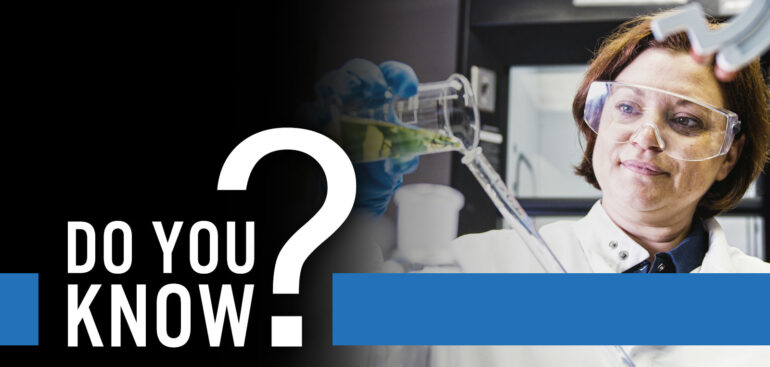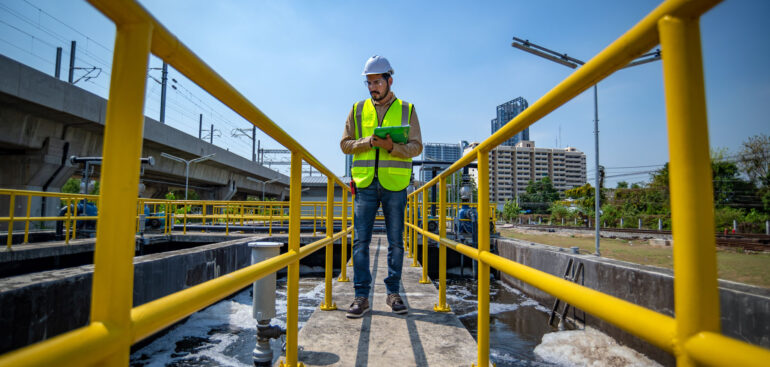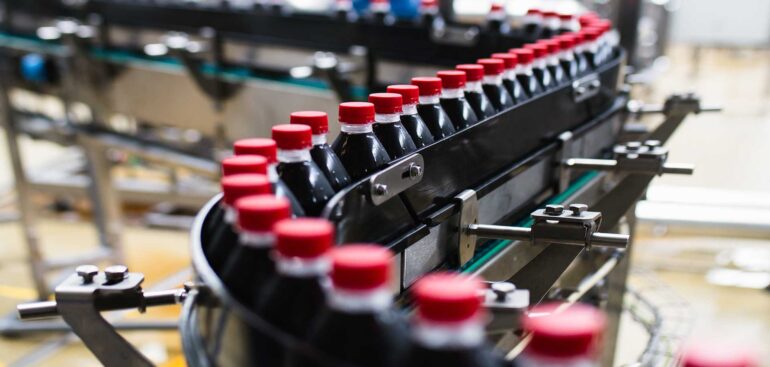Brainerd Chemical carries certifications for blending and packaging from the EPA, NSF, FDA as well as OMRI and provides a wide variety of testing capabilities, including:
• Specific Gravity
• Concentration
• pH
• Titration
• Spectrophotometry
• Total Dissolved Solids
• Routine QA/QC testing capabilities
Whether your product requires single or multiple manufacturing steps, our contract chemical manufacturing solutions bring together whatever it takes from our vast areas of expertise to create a custom process to your exact specifications. We are a one-stop shop for getting products to market quickly and for the lowest total cost of ownership.
ABOUT BRAINERD CHEMICAL COMPANY
Brainerd Chemical Companies dedicated team of engineers, chemists and skilled technicians proudly serve as an industry leader. Brainerd Chemical safely manufactures, blends, packages, and distributes custom industrial chemical products and services.
MEDIA INQUERIES
1.918.622.1214
SOURCE: Brainerd Chemical Company



